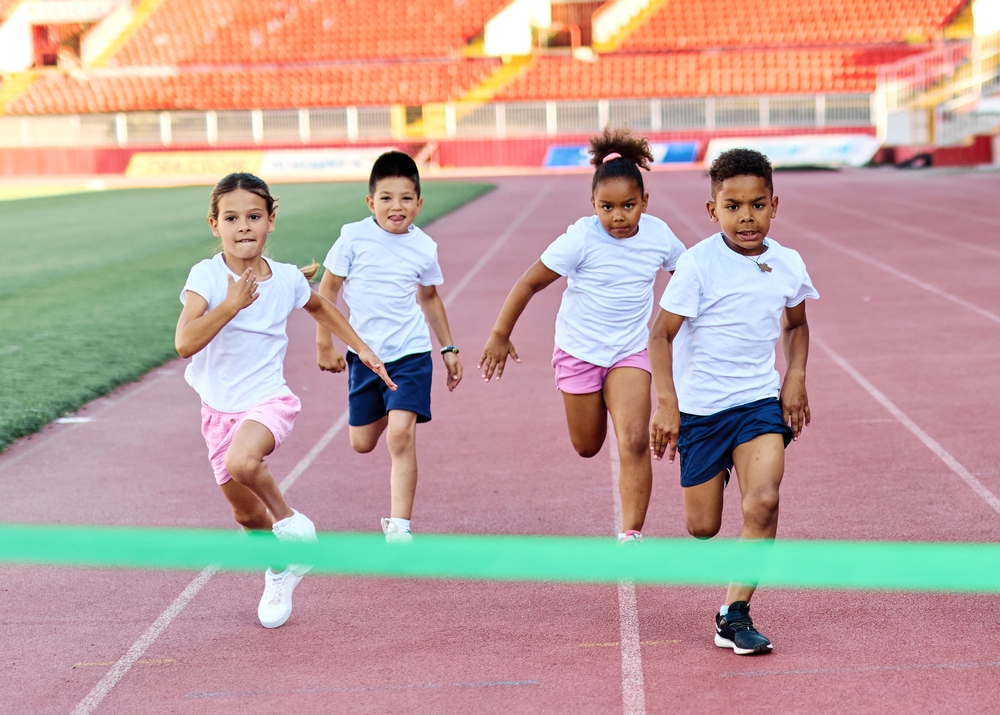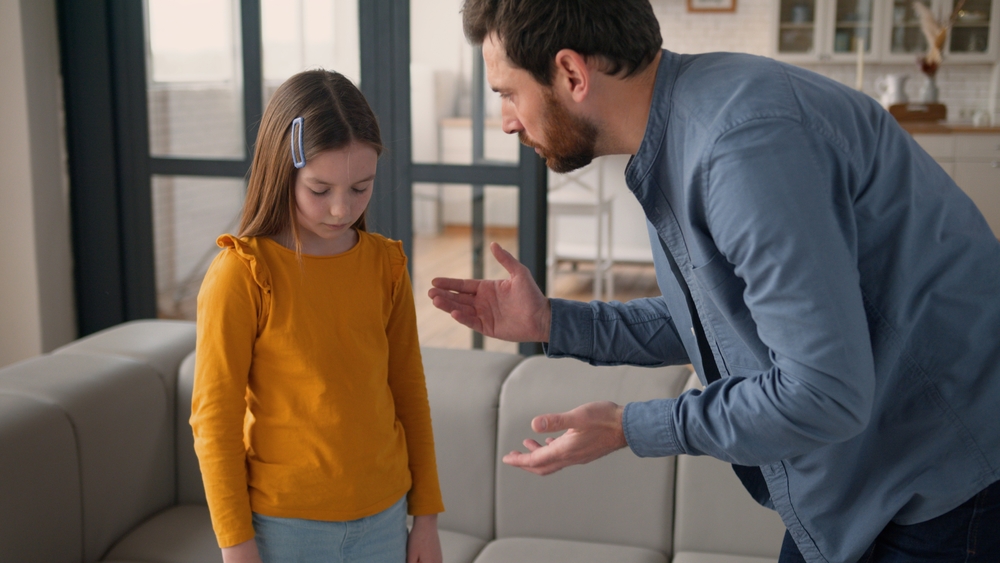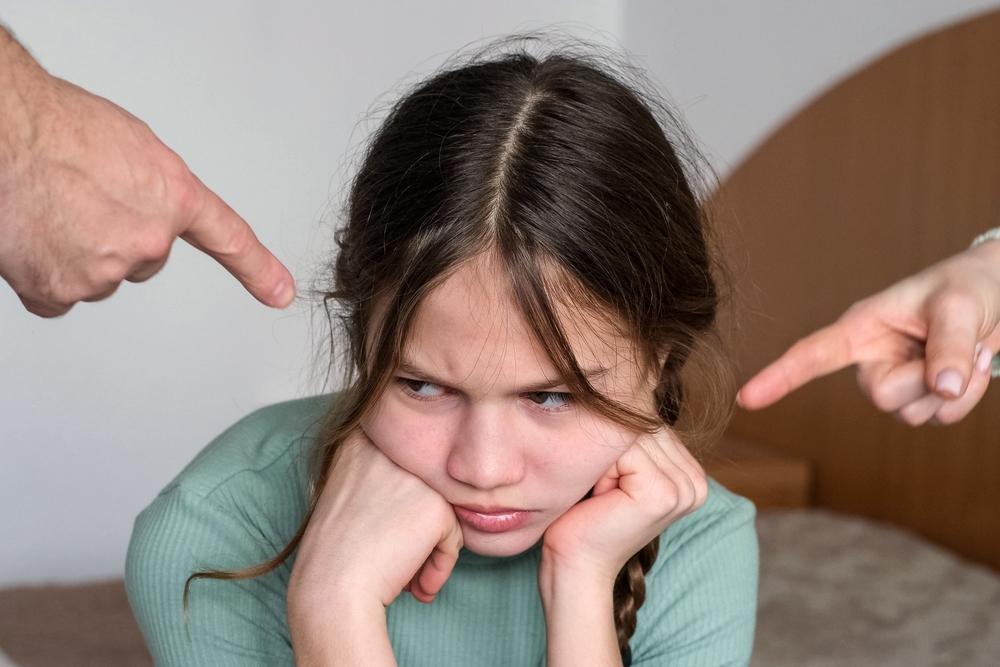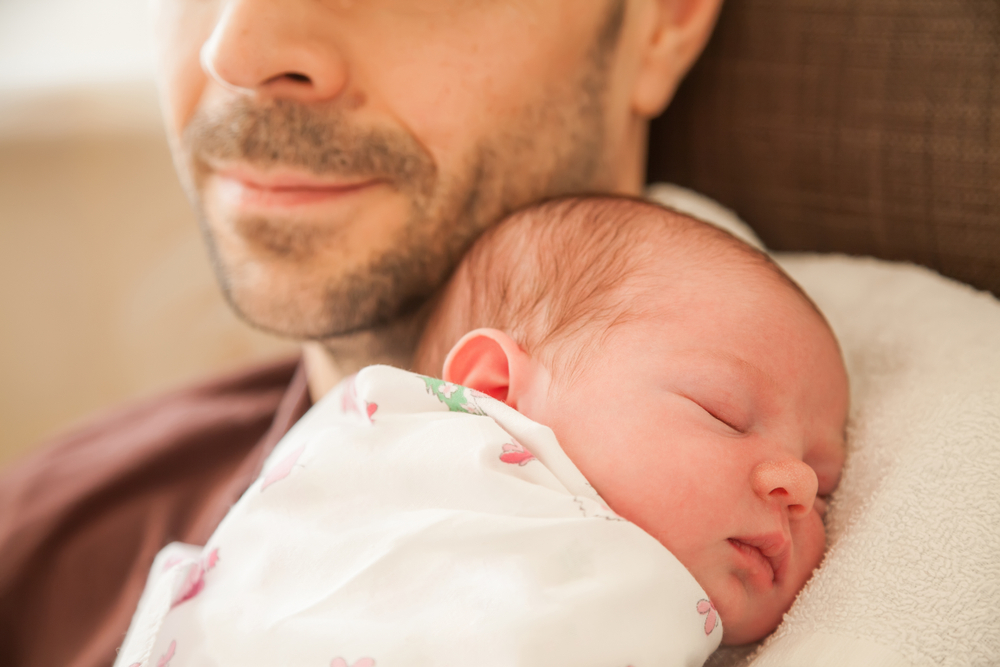Every parent wants to do what’s best for their child, but sometimes even the most well-meaning families overlook simple courtesies or practices that make pediatric visits smoother and more productive. There are unspoken rules pediatricians quietly hope parents will follow, not to make their lives easier, but to ensure every child receives the best care possible. From arriving prepared to respecting time boundaries, small actions can have a big impact on how effectively your child’s health is managed. Here are six unspoken rules pediatricians wish every parent knew before their next visit.
1. Be Honest About Symptoms and Habits
One of the most important unspoken rules pediatricians emphasize is honesty. Some parents hesitate to admit when their child skips doses, eats too many snacks, or isn’t getting enough sleep. However, your pediatrician can only help if they have an accurate picture of your child’s routine and symptoms. Withholding details or glossing over concerns can lead to incorrect assumptions or delayed diagnoses. Being completely transparent allows your doctor to tailor care plans and provide realistic, judgment-free guidance.
2. Respect Appointment Time Limits
Every parent wants their child’s visit to feel personal, but another unspoken rule pediatricians hope families recognize is respecting the scheduled time frame. Appointments are typically structured for a set duration, and when one runs long, it pushes back the entire day’s schedule. Arriving on time, preparing your questions beforehand, and focusing on the most pressing issues ensure you get quality answers without unnecessary stress. If you have additional concerns, many offices welcome scheduling follow-up calls or visits. This approach helps everyone—parents, staff, and other families—stay on track.
3. Avoid Bringing a Sick Sibling Along
It’s understandable that childcare can be challenging, but bringing a contagious sibling to a pediatric appointment is one of the unspoken rules pediatricians wish more parents respected. Waiting rooms are already filled with vulnerable infants and children whose immune systems are still developing. Exposing others to illness—even unintentionally—can cause real harm. When possible, arrange care for sick siblings or call ahead to see if special accommodations can be made. Taking small precautions like this helps protect every child who comes through the clinic doors.
4. Follow Through on Medical Advice
Pediatricians often spend extra time creating personalized care plans, yet one of the unspoken rules pediatricians mention most often is the importance of following through. Whether it’s giving medication as directed, scheduling lab tests, or monitoring developmental milestones, consistency matters. Parents who only partially follow instructions can unintentionally delay recovery or confuse the treatment process. If something doesn’t make sense or feels unmanageable, it’s better to ask questions than to ignore recommendations silently. Doctors appreciate when parents communicate challenges honestly—it helps them adapt the plan for success.
5. Keep Non-Urgent Questions for Office Hours
Another of the unspoken rules that pediatricians hope parents adopt involves setting clear communication boundaries. Many families use text messages, online portals, or after-hours calls to address questions that can wait until business hours. While emergencies always deserve immediate attention, asking about mild rashes or feeding tips at 10 p.m. can overwhelm an already stretched healthcare team. Saving non-urgent inquiries for regular hours ensures staff can respond thoughtfully and efficiently. It also allows doctors to dedicate their emergency time to patients who truly need urgent care.
6. Trust the Expertise You Sought Out
Finally, one of the most significant unspoken rules pediatricians wish parents understood is trust. The internet has made information more accessible, but it has also flooded parents with conflicting advice. When families second-guess every recommendation or demand specific treatments from online sources, it can hinder progress and create unnecessary tension. Pediatricians want collaborative relationships built on mutual respect and open communication. Trusting your child’s doctor doesn’t mean never asking questions—it means recognizing that their training and experience are centered on your child’s well-being.
Building a Partnership for Better Care
Pediatric visits are more effective when parents and doctors work as a team. Understanding these unspoken rules that pediatricians wish parents would follow helps foster mutual respect and smoother communication. By being transparent, respectful of time, and mindful of how actions affect others, families contribute to a calmer and more efficient healthcare experience. Every small effort—whether it’s arriving prepared or following advice diligently—adds up to better outcomes for your child’s growth and health. The best care happens when both sides see each other as partners in the same goal: a healthy, happy child.
Which of these unspoken rules resonates most with you? Share your thoughts or experiences in the comments below.









